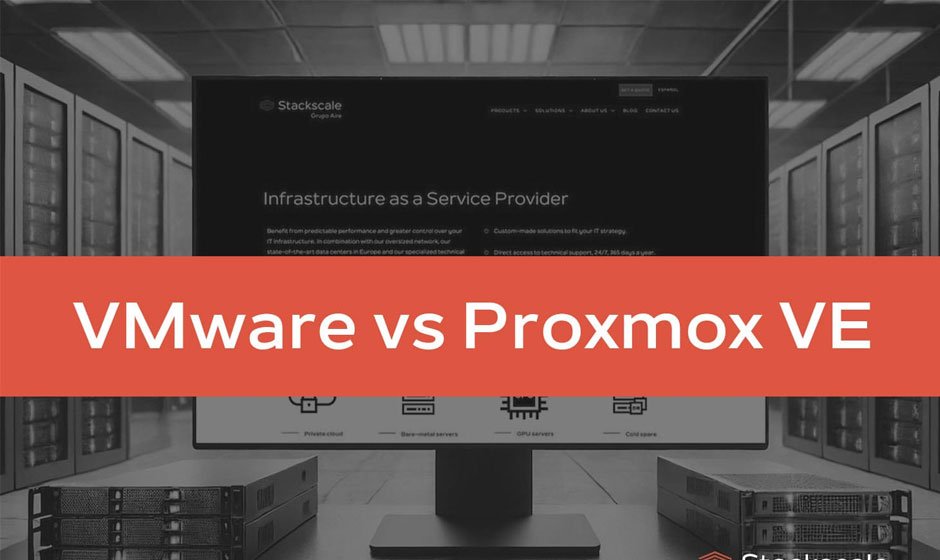In the realm of virtualization, Proxmox and VMware stand out as two of the most prominent platforms. Both offer robust solutions for managing virtual environments, but they cater to different needs and preferences. This article delves into the key features, advantages, and drawbacks of Proxmox and VMware, helping you decide which platform suits you best.
Overview of Proxmox and VMware
Proxmox is an open-source server virtualization management platform based on the KVM hypervisor and Linux Containers (LXC). It is a management solution for virtual machines, containers, software-defined storage and networking. Proxmox has a simple to use interface, low cost and community driven development.
On the other hand, VMware is a market leader in virtualization technology. VMware vSphere, which includes the ESXi hypervisor and vCenter Server, provides a robust and scalable solution for enterprise environments. It is renowned for its extensive feature set, stability, and professional support².

Key Features of Proxmox and VMware
Proxmox
- Open-Source: Proxmox comes free with optional paid support. That means that it is a good option for small to medium businesses as well as home labs.
- Web-Based Management: Proxmox provides a web interface to manage virtual machines, containers and clusters.
- Integrated Backup: Inbuilt backup solution supporting incremental backups, deduplication and encryption is provided by Proxmox.
- Flexibility: It supports LVM, ZFS, NFS, iSCSI and Ceph storage formats.
- High Availability: Proxmox supports high availability clusters with minimal downtime.
VMware
- Enterprise-Grade Features: VMware provides advanced features such as vMotion, Distributed Resource Scheduler and Fault Tolerance.
- Scalability: VMware has been designed for handling large-scale enterprise environments easily.
- Professional Support: VMware offers extensive documentation and professional support services.
- Integration: Integration with other VMware products and third-party tools.
- Security: VMware provides secure boot and encryption.
Proxmox vs VMware: Performance and Scalability
Proxmox is a very fast and flexible protocol for handling many workloads. Its overall performance is comparable with other top hypervisors, making it suitable for small-scale and large scale deployments. However, it is less scalable than VMware in very large enterprise environments.
As for VMware, it is a beast in terms of performance and scalability. It is designed to handle large virtual environments containing thousands virtual machines. Enhanced VMware features like DRS and vMotion optimize resource usage with minimum downtime.
Cost
Proxmox is free to use with optional paid support. It is thus the ideal option for small business wishing to cut costs. Because Proxmox is open-source, there are also no licensing fees.
VMware is a commercial product and requires licensing fees. This is expensive, especially for large deployments. But the features rich, professional support and reliability that VMware provides often make the investment worthwhile.
Use Cases
ProxmoX is most suitable for small to medium-sized businesses, educational institutions and home labs. Its low price and easy-to-use feature make it a popular choice where budget constraints are a concern.
Large enterprises and organizations that need a robust, scalable and feature-rich virtualization solution should consider VMware. Its advanced features and professional support make it ideal for mission-critical applications and large deployments.
Conclusion
So ultimately your choice between Proxmox and VMware depends entirely on your requirements, budget and virtualization scale. This article would help you know the differences and advantages of each platform, so you can make an informed choice.
































































































































































































































